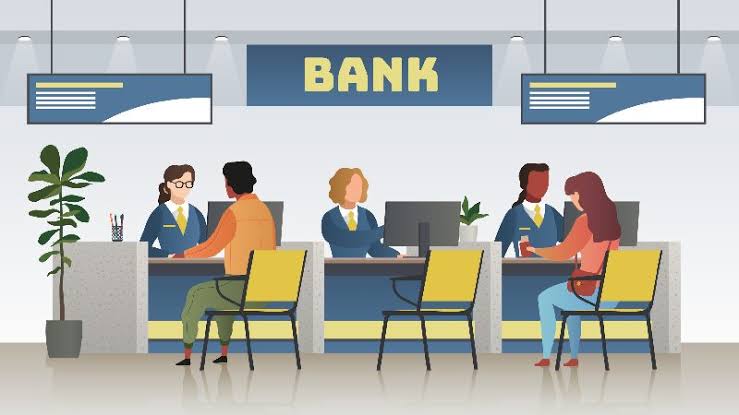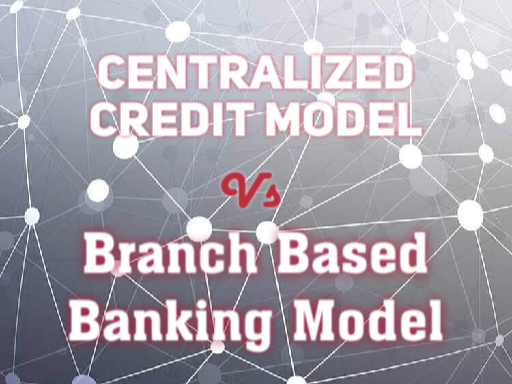The credit cycle is the process a loan undergoes from initial investigation to its final exit. Understanding this cycle is crucial for banks, financial institutions, and borrowers to manage credit risk effectively.

Stages of the Credit Cycle
1. Credit Investigation
Before approving a loan, financial institutions conduct a thorough investigation, which includes:
- Borrower’s creditworthiness assessment
- Income and financial stability check
- Credit history and CIB (Credit Information Bureau) report review
- Collateral valuation (if applicable)
2. Loan Approval & Disbursement
After a successful investigation, the loan is approved and disbursed based on:
- Agreement signing
- Setting loan tenure, interest rates, and repayment schedule
- Ensuring compliance with banking regulations
3. Loan Monitoring & Repayment
During the repayment period, banks monitor the borrower’s financial behavior:
- Regular EMI (Equated Monthly Installment) tracking
- Identifying early signs of financial distress
- Loan restructuring (if necessary)
4. Delinquency & Collection Process
If a borrower fails to repay on time, banks follow a structured recovery process:
- Reminder calls, notices, and late fee imposition
- Negotiation for rescheduling the loan
- Legal action if required
5. Loan Exit (Full Repayment or Write-off)
The final stage involves:
- Successful exit – Loan fully repaid, and account closed
- Forced exit – Loan written off due to default or legal proceedings
- Settlement – Partial repayment under special agreements
Conclusion
The credit cycle is a continuous process that requires risk assessment, monitoring, and proactive management. A well-structured credit cycle ensures financial stability for both lenders and borrowers.




